The camera had been lying around in a cupboard for a long long time so, since it wasn’t being used, I sold it. “You gave me that camera as an engagement present!!!” said my wife. There are mistakes, and there are serious mistakes, this was a serious mistake. Fortunately the buyer returned the camera for a refund, the focusing screen wasn’t the one he wanted. Phew!
More than 40 years ago I used to use a Pentax ME Super. I had bought myself one soon after they were released, my first new camera and I loved it. The controls were simple and it became intuitive. I had drooled over the LX but couldn’t afford one, but I collected the sales brochure and occasionally over the following years and decades looked through it. A few years after buying the ME Super I found a serious job (i.e. decent income) and got involved in large format photography paralleled with a Leica M6. Some years later when I got engaged I wondered what to give my fiancee. We had been on many photography trips, she was using my old ME Super, so I decided to get her an LX. She used it for a while but then her interests changed and it sat in the cupboard.
A month or so ago I thought “that’s a decent camera, I’d better check it still works and try to encourage her to use it”. So I loaded it with FP4 and took it out with a Vivitar 28mm f2.8, SMC 50mm f1.4 and 120mm f2.8 lenses. The camera was completely intuitive and much to my surprise fun to use. I had forgotten one of the benefits of an SLR – put a filter on and you get a good idea of what it does, something that doesn’t happen with rangefinders or digital cameras (for colour filters). Even the SLAP-BANG of the mirror had a nostalgic and reassuring sound. But best not to take photographs in quiet streets!
I decided to develop the film in Rodinal (I had a half used 4 to 5 year old bottle) with, for the first time for me, semi-stand development. My normal developer has been Cookbook D76 but the increasing trend to make raw chemical unavailable to ordinary mortals made me think I should use Rodinal but try to reduce its characteristic graininess. Also when I have a range of different films to develop, or when I know some frames in a roll are over and some under-exposed, I use a divided bath developer, so ideally as well I wanted to try an auto-compensating developing method. It turns out I was far too aggressive with the agitation for the first films I developed (first six images below) giving 5 inversions at 20 and 40 minutes, but even so grain was not a significant problem for images with limited sky. Scanning was on my flatbed Epson GT-X900 using VueScan software with film set as ‘generic’ and the light and dark point auto levels removed. For the first time ever I think the scans were virtually all completely clean, no spotting needed, and dark and light areas captured in all the frames – no unwanted blacks or burnt out highlights. The first six images below are unedited apart from very minor cropping in a few cases.
I took another roll (images 7 to 9) but used very gentle agitation (twirling the reel a few times at 30 minutes) and included some sky shots with a red filter. One of the sky shots (8) needed spotting in several places, apart from that the images again are straight scans. I find the grain on the sky shots rather intrusive so I might give Delta 100 a try next.
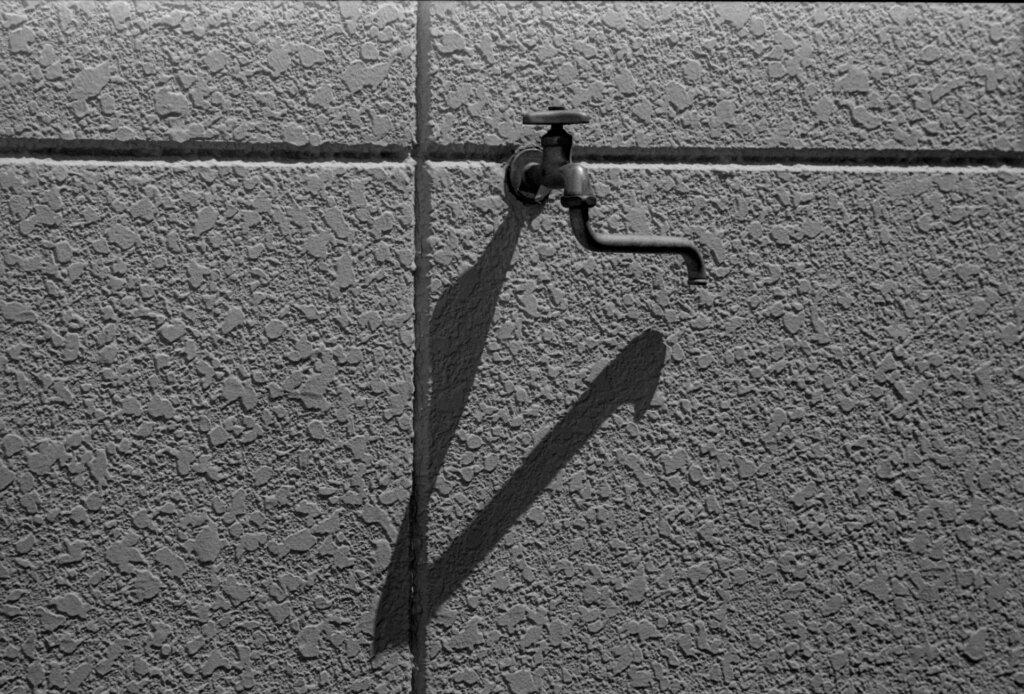
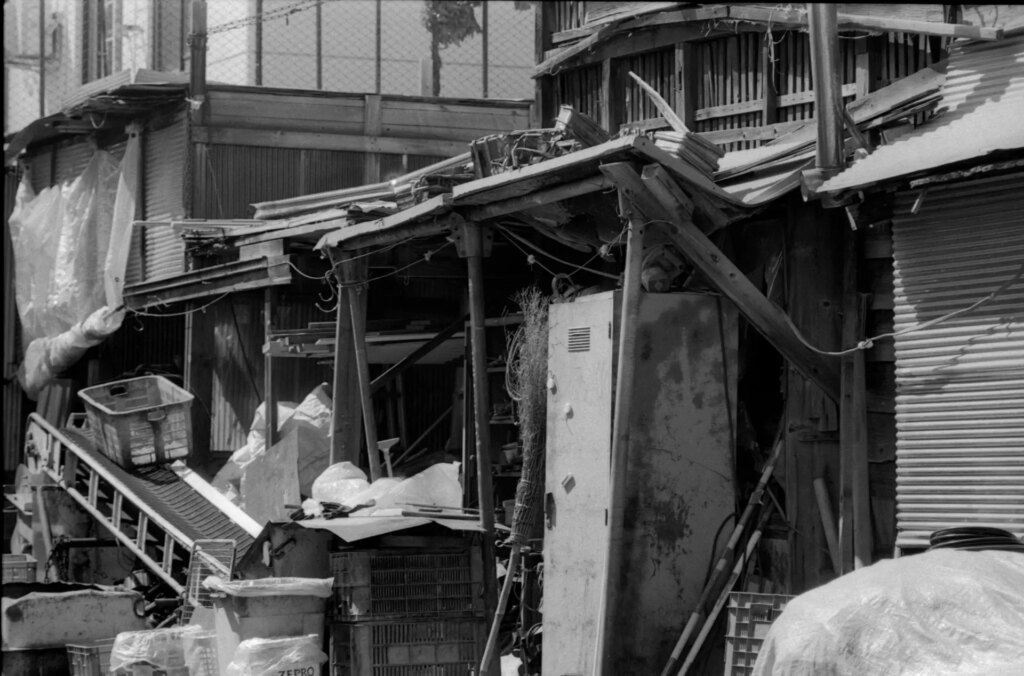
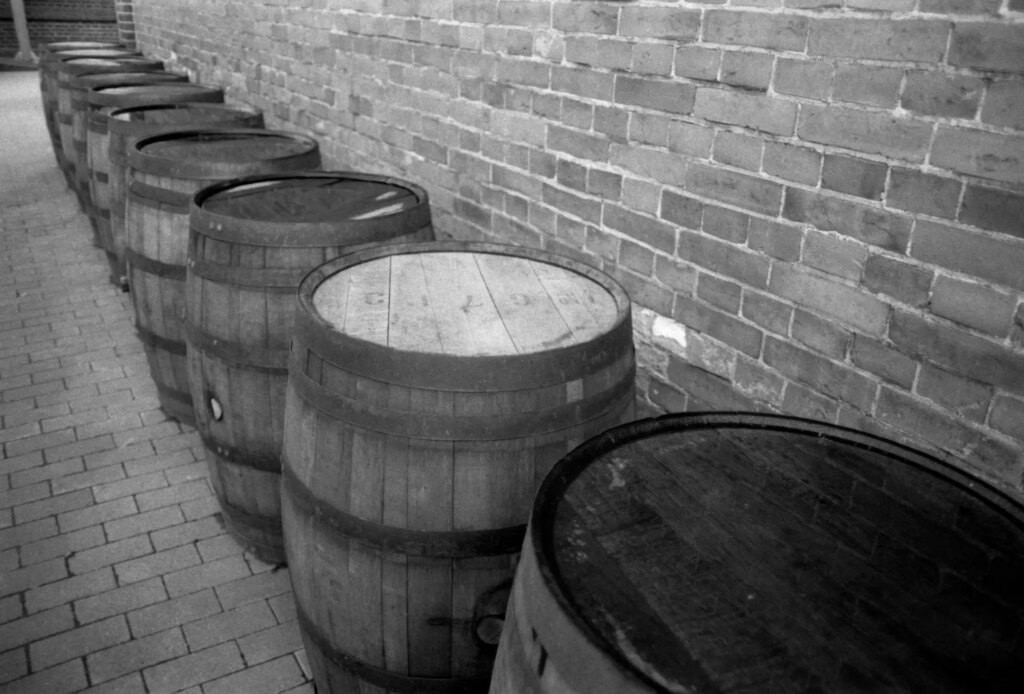
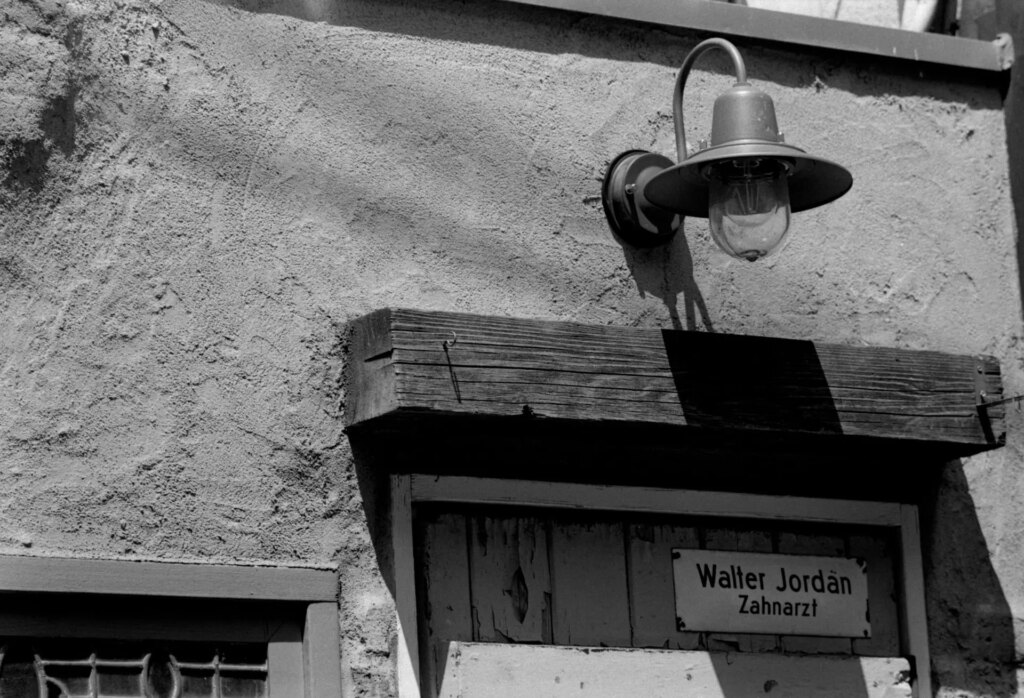
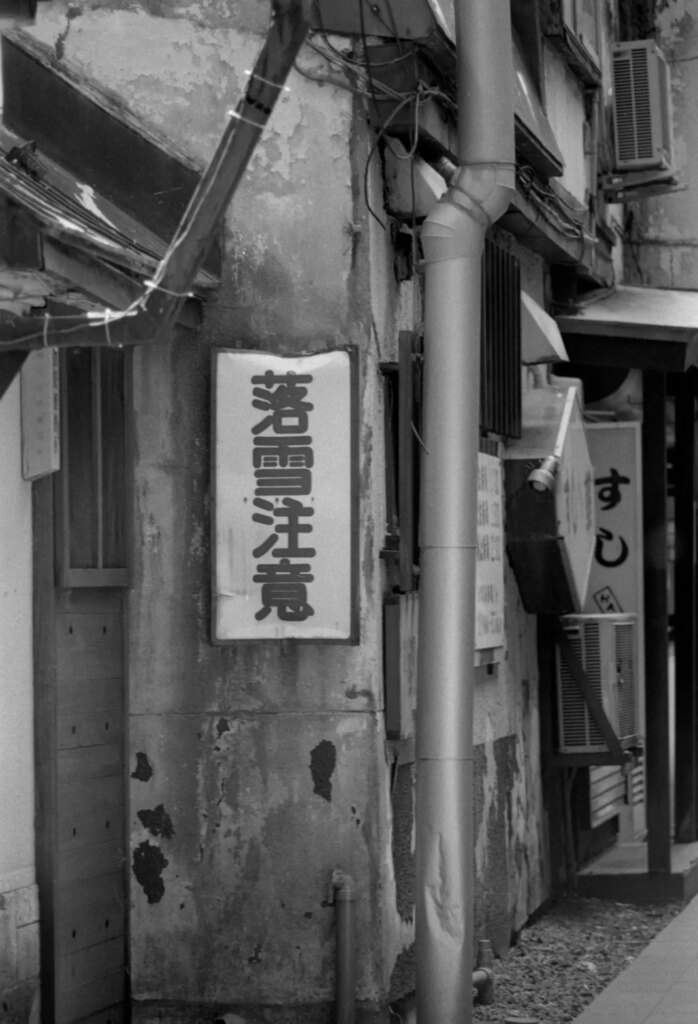
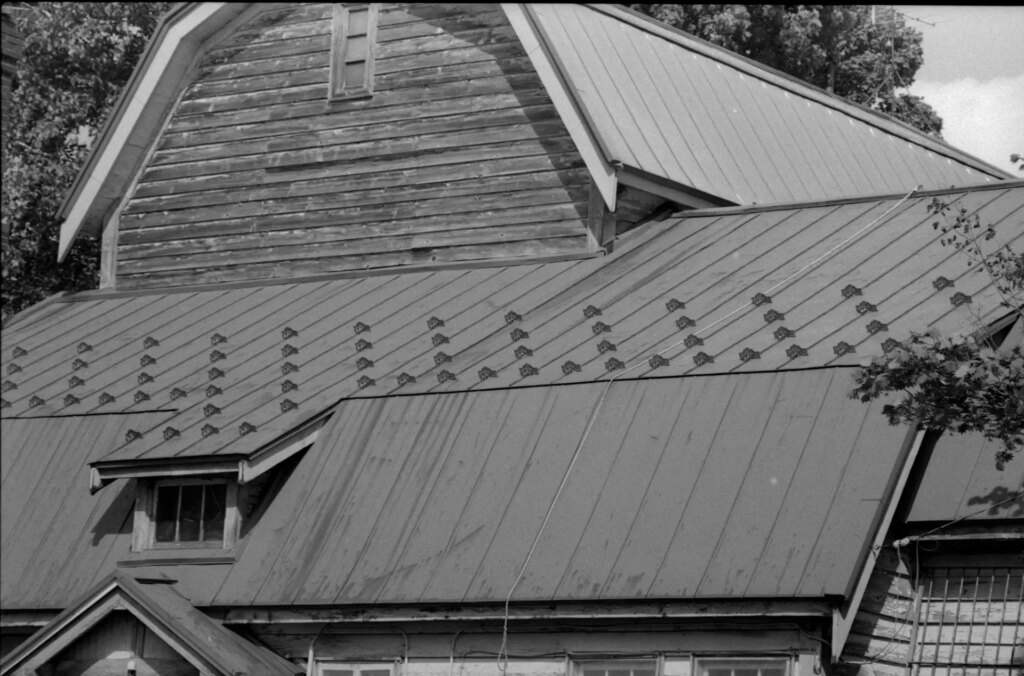
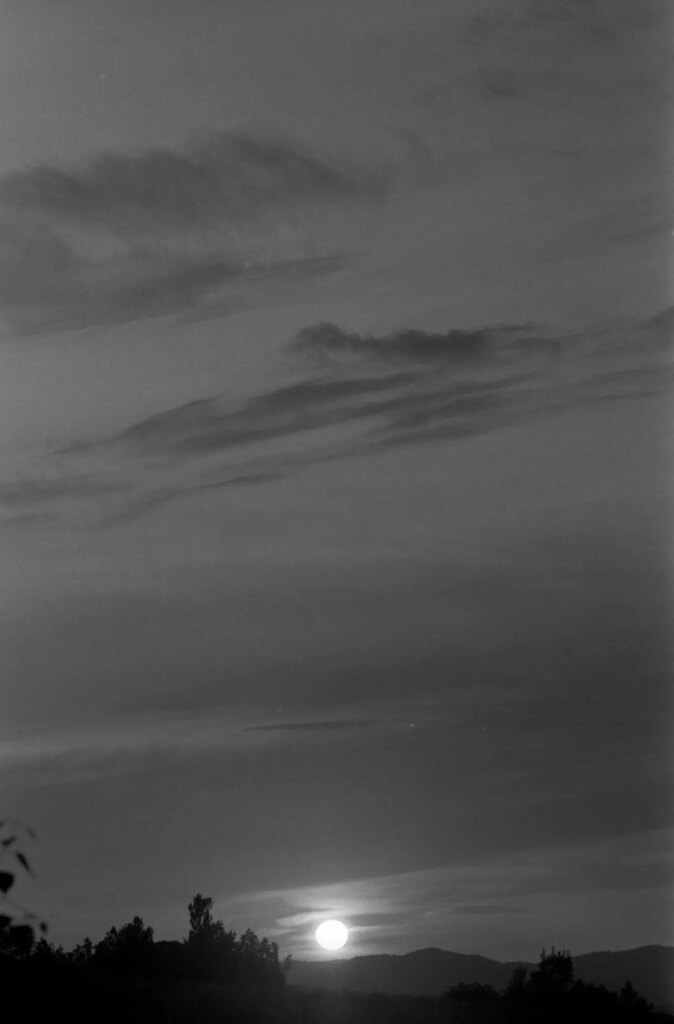
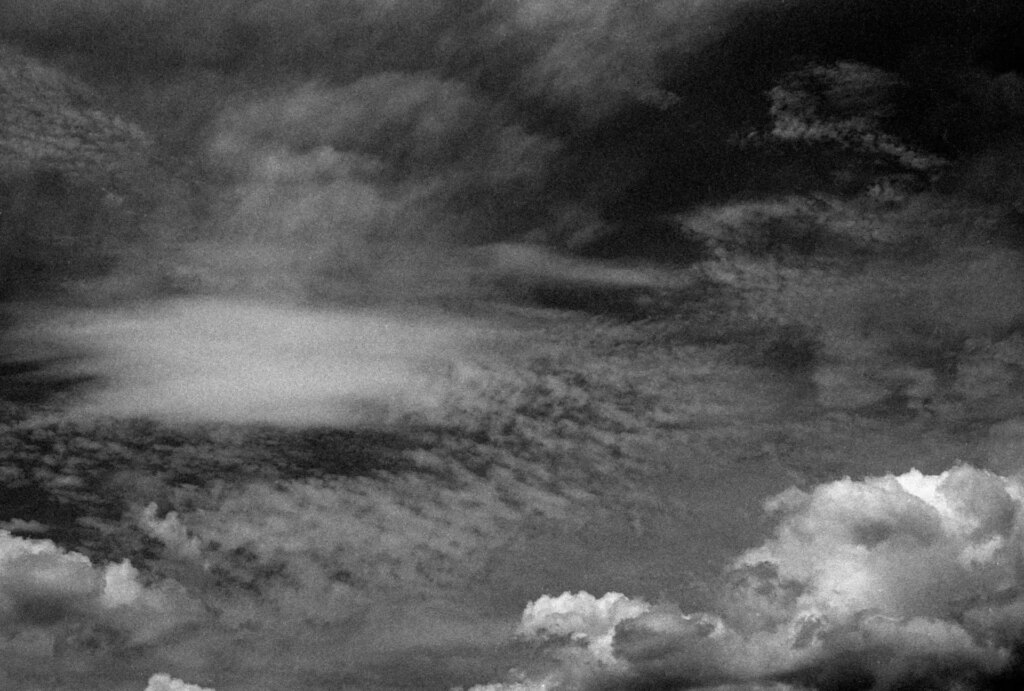
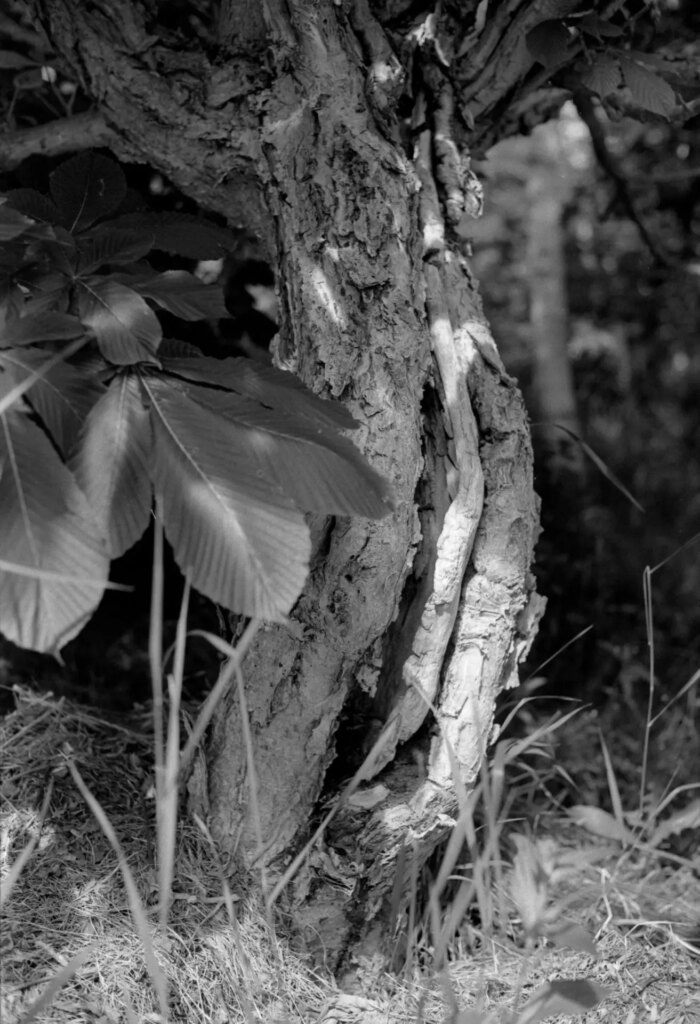
Perhaps it was the combination of events – the enjoyment I had out of using the camera and the end results – I was smitten. This is a brilliant camera so of course I decided to get one for myself!
Share this post:
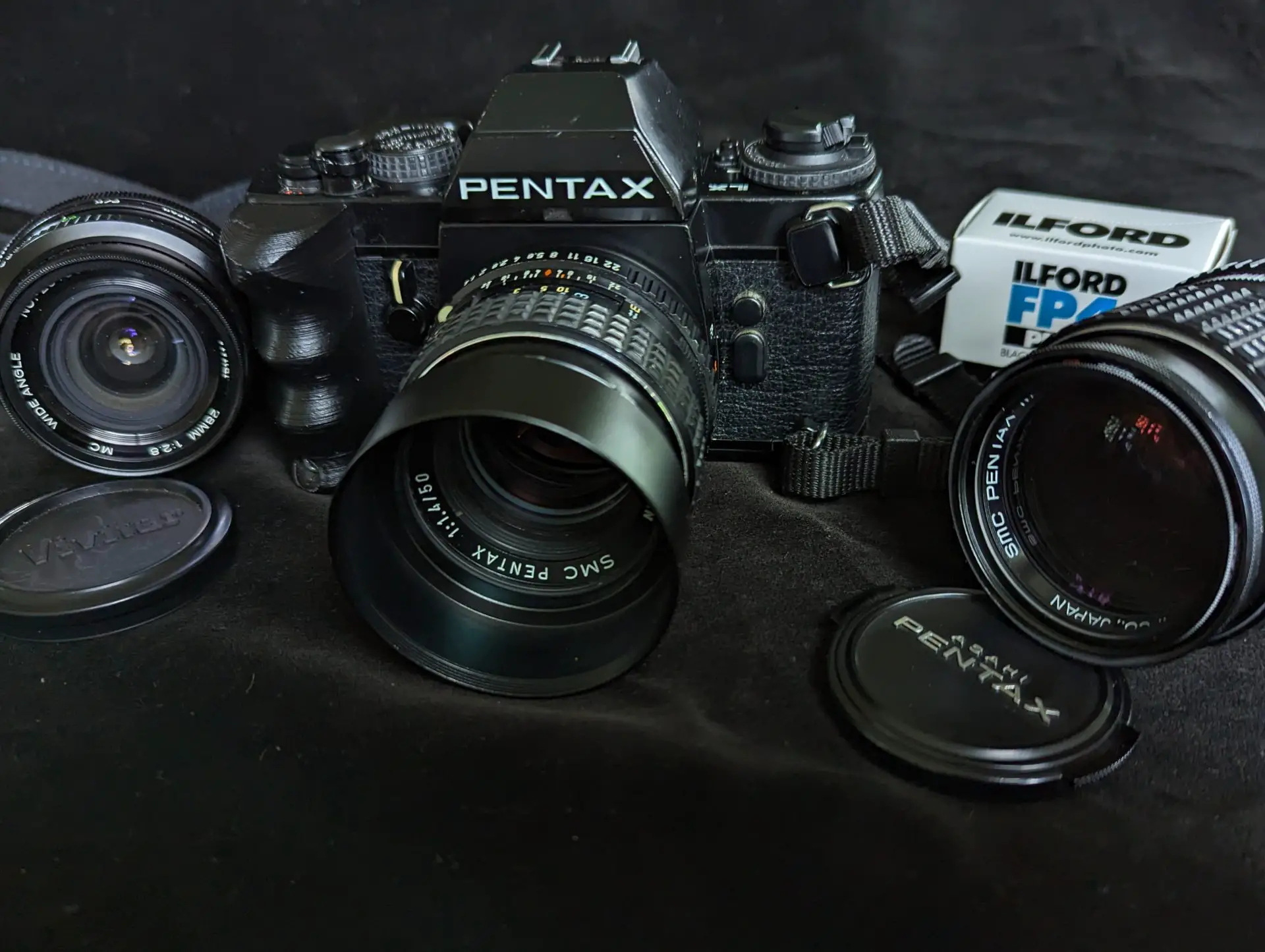








Comments
Miguel mendez on Pentax LX – Shooting My Wife’s Camera
Comment posted: 13/07/2023
Comment posted: 13/07/2023
Dave Powell on Pentax LX – Shooting My Wife’s Camera
Comment posted: 13/07/2023
Those little Pentax SLRs were wonderful... loved my ME Super while I had it! And your photos are lovely. In image #1, especially, the tap shadow and wall texture make for a nicely abstract graphic. And I really like the grain in #8's clouds. Adds some pleasant character!
Good stuff!
Dave
Comment posted: 13/07/2023
Dave Davey on Pentax LX – Shooting My Wife’s Camera
Comment posted: 14/07/2023
I have 3 LXs. many lenses and accessories like every finder made, motor drives, winders and very special lenses like the Pentax 15 mm, 135 -600mm, bellows, extension tubes, macros etc. The cameras are beautifully made and very ergonomic. Small but they feel and are, very solidly built. They are truly awesome. I always seem to shoot Ilford Delta 100 Professional. Very fine grain excellent laritude, holding both the highlights and shadows. Landscape, farms and derelict buildings seem to always show up in my work. Funny, hardly ever people!! Good luck with prying the LX out of your wife's hands. For sure you need your own!
Dave D
Comment posted: 14/07/2023
Comment posted: 14/07/2023
andy hertig on Pentax LX – Shooting My Wife’s Camera
Comment posted: 14/07/2023
I have a whole Pentax collection and of course I use them from time to time (among many others).
As a developer I have been using Adonal (Rodinal) and mostly Fomapan 100 as film for years.
When developing, I mix about 1:90 and develop for 40 minutes; after 20 minutes I turn once very slowly.
The results are all on Instagram.com/f16.ch
Thank you for your contribution and have fun with it.
Andy - near Basel, Switzerland
Comment posted: 14/07/2023
Reinhold on Pentax LX – Shooting My Wife’s Camera
Comment posted: 14/07/2023
Brilliant, simply brilliant!
Nice photos made with a wonderful camera. Have one on my own, using it from time to time.
I don‘t do the development stuff myself, better using a reliable small company since years.
I fully understand, why you name it a „serious mistake“ :)
Comment posted: 14/07/2023
Clive Prothero-Brooks on Pentax LX – Shooting My Wife’s Camera
Comment posted: 14/07/2023
Clive
Comment posted: 14/07/2023
Thomas on Pentax LX – Shooting My Wife’s Camera
Comment posted: 16/07/2023
Comment posted: 16/07/2023